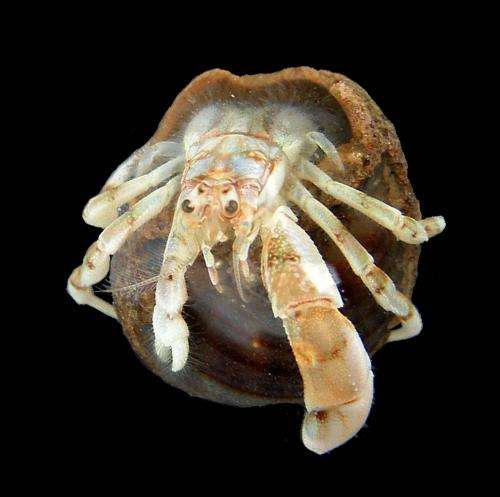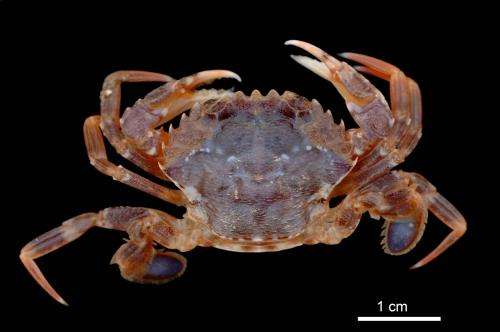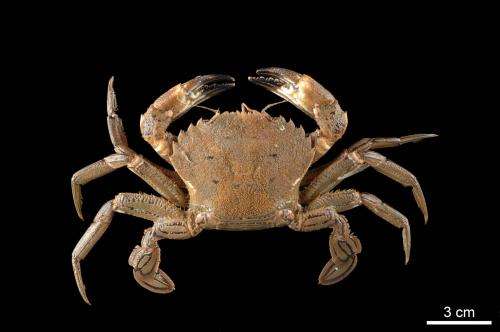Long-term studies reveal drastic changes in the marine fauna of the North Sea

Long-term studies conducted by scientists at the institute "Senckenberg am Meer" and the Senckenberg Research Institute in Frankfurt have revealed obvious changes in the North Sea's biota. Studies during the past twenty years indicate that southern species increasingly expand northward. The associated publications recently appeared in the scientific journals "Helgoland Marine Research" and "Marine Biodiversity."
The Atlantic cod is drawn to cooler regions, while crustaceans from southern areas spread ever farther into the North Sea. The effects of the climate change can be clearly felt on the German sea coasts, as well.
"The ocean shows a higher elasticity when it comes to changes," explains Prof. Dr. Michael Türkay, department head for Marine Zoology at the Senckenberg Research Institute in Frankfurt. "That means that changes will occur more slowly there, but with even longer-lasting effects."
Surrounded by a team of scientists, the marine biologist from Frankfurt has studied the fauna at the bottom of the central North Sea for more than 20 years. Using Senckenberg's own research cutter, samples are taken at approximately 40 stations at the same time each year and analyzed in detail.
"Our results clearly indicate that a regime change began in the North Sea in the year 2000, and that the fauna's composition has been undergoing massive changes from that time on," according to Türkay. He adds, "Warm-water species increasingly spread north and east, thus blurring the formerly stable boundaries between different faunal regions."
This results in an increasing conformity of the fauna and a loss of species diversity. "You could say that the biodiversity has dropped to a lower level around the turn of the millennium," says Türkay.

Long-term studies in the Helgoland Trench ("Tiefe Rinne") south of the North Sea island in the German Bight confirm this trend. Since 2000, the ratio of warm-water species there has steadily increased and is becoming more stable.
Overall, 41 species were collected in the Helgoland Trench in the course of Senckenberg's long-term study. Among them is the marine swimming crab Liocarcius depurator, which initially only occurred sporadically, but in the last ten years has become a dominant element of this biodiversity hotspot.
The tiny hermit crab Diogenes pugilator, originally native to the Mediterranean and the adjacent Atlantic, by now also feels at home in the North Sea. "This crab reached the German Bight in 2002," says Türkay. "Since the year 2005, we have noted stable populations around and on the North Sea island of Wangerooge." In warm years, the hermit crabs can often be found on the island's beaches, in cold winters they withdraw to the deeper reaches of the ocean. The marine biologist from Frankfurt elaborates, "However, they never completely disappear from the region and we assume that they will become an established part of our North Sea fauna."

The studies show that marine organisms serve as good indicators for the climate change and other environmental changes, and that regular, long-term observations play an important role in the study of species diversity. "The crabs that we studied are like living measuring instruments – their occurrence and expansion are reactions to a changing environment," concludes Türkay.
More information:
Schwinn, M., Türkay, M. & Sonnewald, M. (2014): Decapod fauna of the Helgoland trench (Crustacea) a long-term study in a biodiversity hotspot. – Marine Biodiversity,
DOI: 10.1007/s12526-014-0217-4
Türkay, M. (2014): On the occurrence of Diogenes pugilator in the German Bight (Crustacea: Decapoda Diogenidae). – Helgoland Marine Research, DOI: 10.1007/s10152-014-0388-1
















